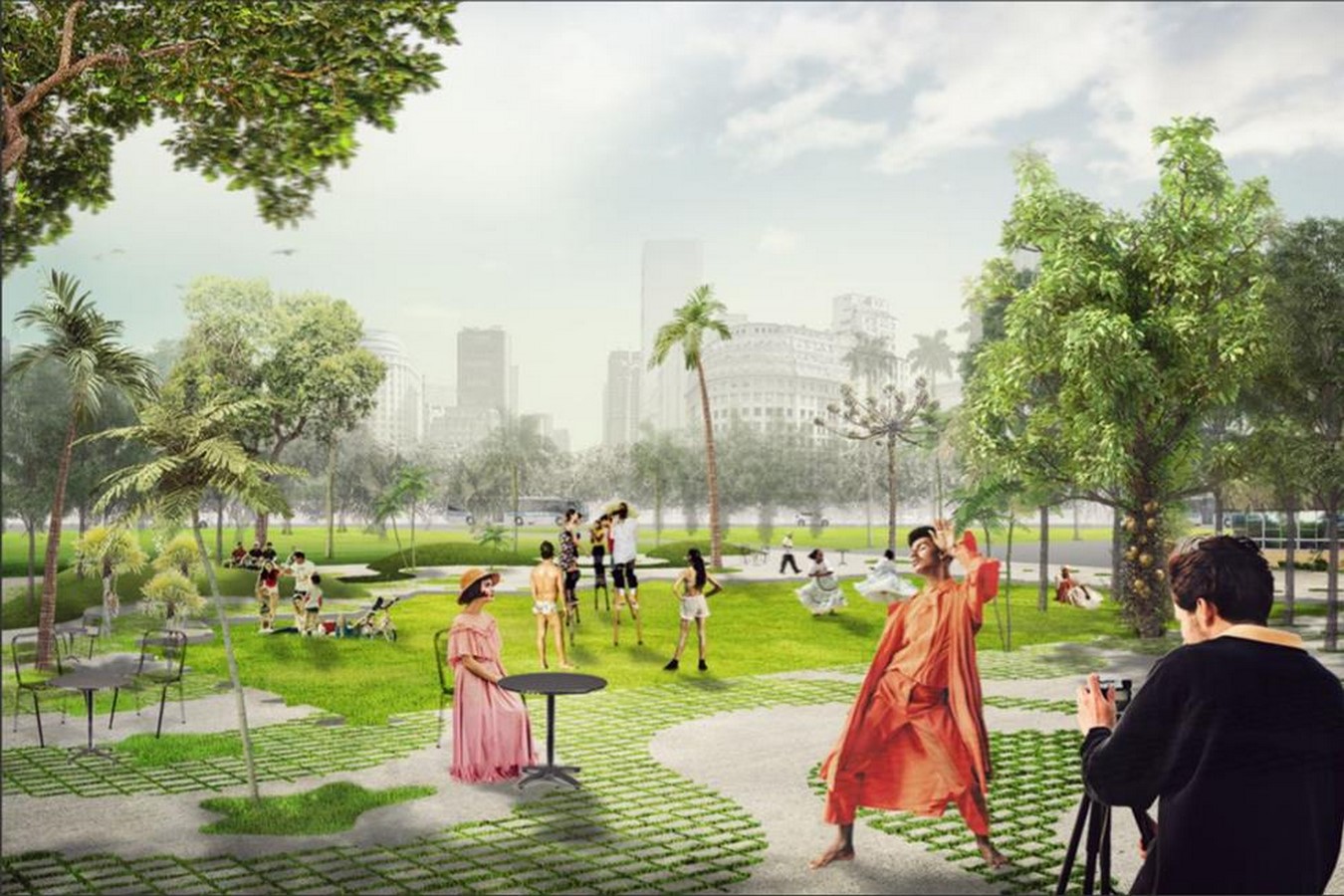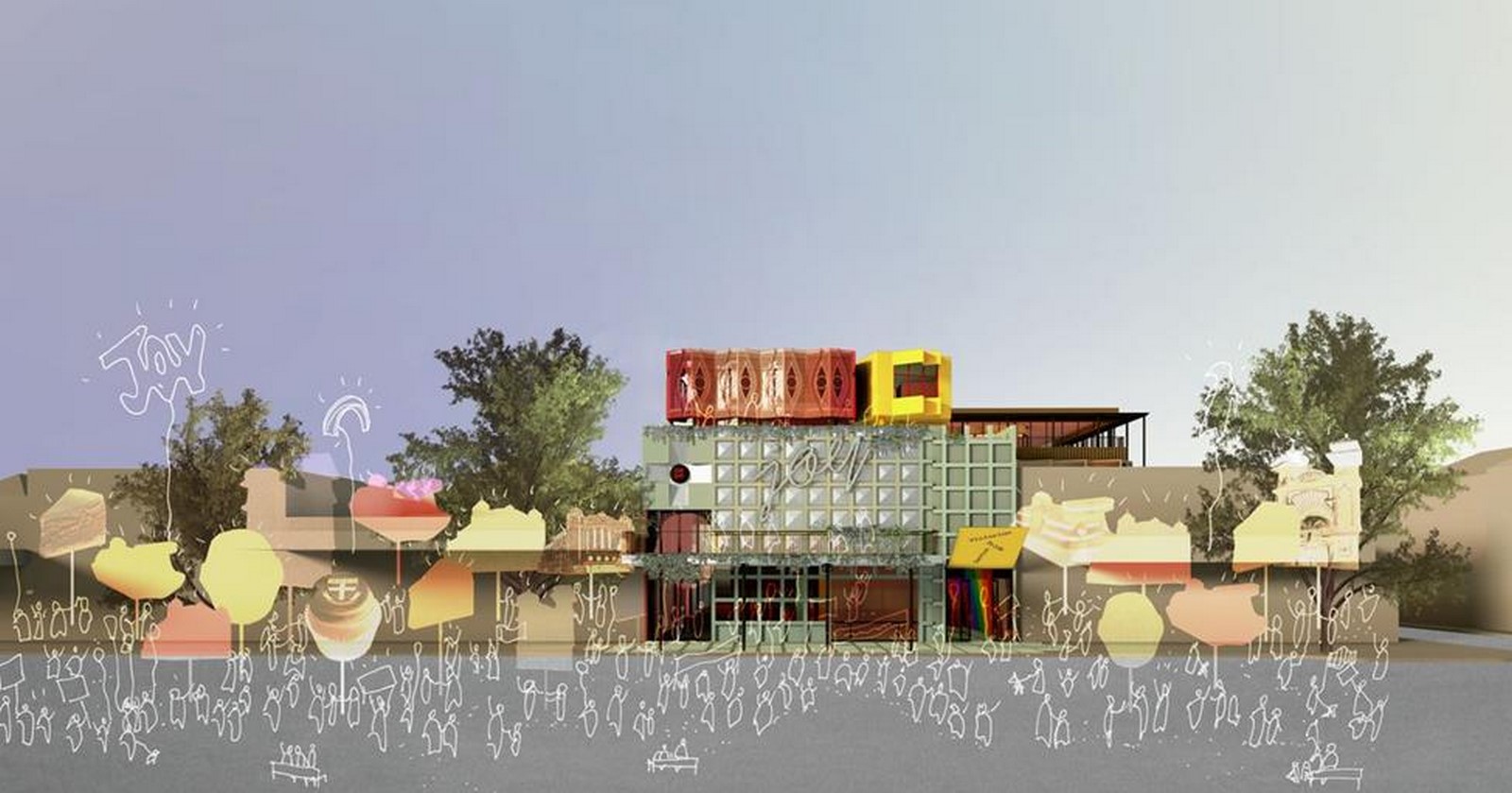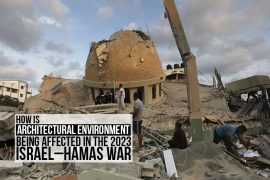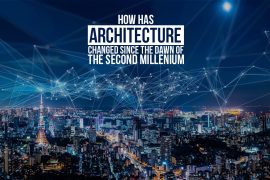“If orientation is a matter of how we reside in space, then sexual orientation might also be a matter of residence, of how we inhabit spaces, and who or what we inhabit spaces with”. – Sara Ahmed

In numerous global urban centers, queer communities have established distinct neighborhoods. However, it is crucial to reconsider communal spaces to construct environments that embrace and accommodate everyone. Apart from ensuring safety and diversity, what additional potentials could arise from applying queer principles to the realm of landscape architecture?
What are the fundamental attributes that play a role in making public spaces more inclusive of queer perspectives? How can we safeguard the remnants of LGBTQ+ history within our urban areas? Furthermore, how can we progress from the concept of exclusive LGBTQ+ neighborhoods to the broader goal of designing public spaces and cityscapes that cater to everyone?
Over the past few decades, notable advancements have occurred in acknowledging and valuing LGBTQ+ identities and communities. Despite the progress made in legal and societal contexts, the task of designing urban landscapes and communal areas remains distinctively complex when it comes to promoting inclusiveness and equal representation for all individuals within society. This article profoundly examines the notion of queering urban landscapes and investigates how LGBTQ+ inclusive architecture holds promise for establishing inviting and harmonious settings that cater to the needs of everyone.

Redefining Public Space For Inclusivity
The process of queering urban landscapes entails questioning the traditional standards and frameworks that have historically influenced the formation of our cities. Going beyond the simple physical configuration of buildings and roads, the act of queering public spaces involves fundamentally transforming urban settings to be inclusive of a wide range of gender and sexual identities. This encompasses a rethinking of architectural components, public artistic expressions, and shared areas in manners that mirror the lived experiences of the LGBTQ+ community.
Characteristics Of LGBTQ+ Inclusive Architecture
LGBTQ+ inclusive architecture endeavors to deconstruct the binary frameworks that have conventionally delineated spaces. Rather than adhering to inflexible gender norms, these designs embrace flexibility and adaptability. Take, for instance, the conversion of multi-stall restrooms into facilities accessible to all genders, thereby eradicating the discomfort and bias experienced by transgender and non-binary individuals. Moreover, the integration of gender-neutral symbols and signage into architectural elements cultivates a sense of belonging and acceptance among all visitors.
Furthermore, LGBTQ+ inclusive architecture places a premium on safety. By ensuring proper illumination, unobstructed sightlines, and well-defined pathways, it effectively eliminates dim corners and concealed areas that might contribute to hazardous environments. Such an inclusive setting is intended to empower every individual to engage openly without the apprehension of encountering discrimination or danger.

Preserving Queer Memory In Urban Contexts
In the progression of urban areas, it becomes imperative to safeguard the recollections of LGBTQ+ history, which might be intricately connected with specific localities. These places encapsulate the narratives of challenges overcome, determination, and the jubilant moments of the LGBTQ+ community. Endeavors to uphold these significant aspects of queer history in our cities encompass the establishment of historical indicators, memorials, and potentially even specialized museums. These endeavors work towards guaranteeing that the journeys and contributions made by LGBTQ+ individuals remain an integral part of the urban chronicle and are not relegated to obscurity.
Moving Beyond Exclusive Gayborhoods
Although the creation of LGBTQ+ enclaves, often called “gayborhoods,” has played a crucial role in fostering community cohesion and providing secure havens, the aspiration for inclusiveness transcends the confines of these localized zones. Urban environments should not partition LGBTQ+ identities into distinct districts; instead, they should infuse architectural concepts that embrace diversity throughout the cityscape. This transformation fosters an atmosphere of tolerance and comprehension among all residents, eroding the perception that queerness is limited to specific corners of the urban tapestry.
Designing Public Spaces For All
The revitalization of urban landscapes must adopt a comprehensive approach, centered on the development of surroundings that cater to a wide array of requirements and encounters. LGBTQ+ inclusive architecture functions as a foundational plan for nurturing connections, facilitating discussions, and constructing links among diverse communities. To illustrate, parks can be strategically designed to stimulate interaction, featuring seating layouts that encourage conversations and reinforce a sense of togetherness.
Moreover, the realm of inclusive architecture transcends mere physical constructs. The principles of inclusivity should also extend to digital and virtual spaces, ensuring that online platforms and information are accessible and considerate toward LGBTQ+ individuals. This integration of inclusiveness should seamlessly bridge both the online and offline dimensions, fostering an encompassing sense of belonging.
Collaboration And Consultation

Crafting LGBTQ+ inclusive urban environments demand a cooperative effort involving the LGBTQ+ community. Architects, urban planners, and designers should proactively solicit input from LGBTQ+ individuals to guarantee the accurate incorporation of their necessities, encounters, and viewpoints within the design phase. This collaborative approach fosters a feeling of ownership and empowerment, guaranteeing that the ultimate spaces reverberate with the community they strive to cater to.
The idea of queering urban landscapes encompasses more than just altering the physical aspects of our cities; it represents a significant transformation in our outlook and approach to designing communal areas. Adopting LGBTQ+ inclusive architecture marks a progression towards establishing settings that not only embrace diversity but also promote inclusiveness and pay tribute to the legacies of underrepresented groups. Through the redefinition of public spaces and active participation in constructive discussions, we can progress toward a future where urban landscapes genuinely belong to all, irrespective of their gender or sexual orientation.
CITATIONS
Queering landscape architecture, deconstructing binaries, Landscape Australia. Available at: https://landscapeaustralia.com/articles/queer-ecologies-review
Queering Public Space Arup. Available at: https://www.arup.com/perspectives/publications/research/section/queering-public-space
Vallerand, O. (2021) Queer looks on architecture: From challenging identity-based approaches to spatial thinking, ArchDaily. Available at: https://www.archdaily.com/963534/queer-looks-on-architecture-from-challenging-identity-based-approaches-to-spatial-thinking















